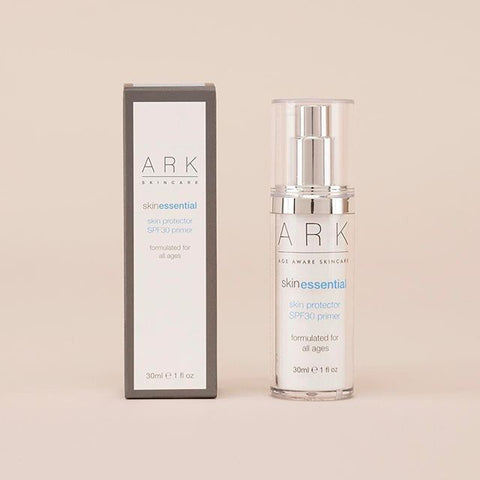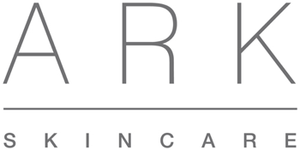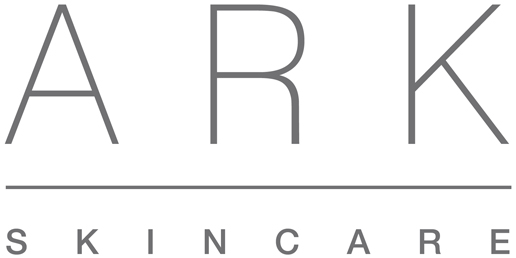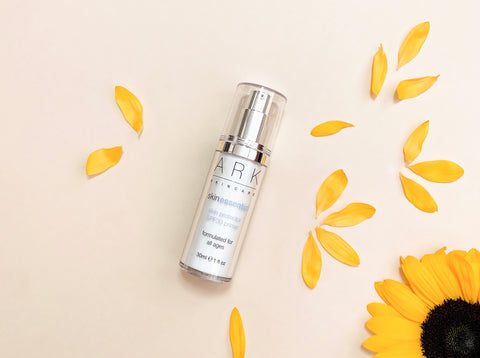Blog
The facts about SPF, UVA & UVB - get sun protection savvy
May 01, 2020From a young age, we’re all told to ‘remember your sunscreen!’ - but what does it do and why is protecting ourselves so important?
What types of sunlight rays are there and how can they affect my skin?

How does SPF work?
What makes ARK Skincare's Skin Protecting SPF 30 Primer so special?
You can find out more about this product here.
References:
NHS - Sunscreen & Sun Safety
ColorScience - How Does Sunscreen Work To Protect Your Skin?
The Explainer - What Does SPF Mean & How Is It Measured"I don't need SPF any more - the sun has gone"
May 01, 2018
So, the sun was short-lived! Time to put the flip flops and sunscreen away again? Wrong! Keep that SPF protection to hand. You still need it.
What is SPF Protection? We are all constantly told to use it. But why do we need it and how does it work?
We are all aware that over exposure to the sun can be harmful. Skin diseases, cancers, and photo-ageing are increasing around the world, and we need to protect against the sun's damaging rays which cause this with broad spectrum protection. Having broad spectrum protection means we are protected against both UVB (burning) and UVA (ageing) rays. Did you know, UVA rays are not susceptible to seasonal variations and are a threat all year round? They can even penetrate glass, so skin should still be protected when indoors near a window or in the car, or on a train.
What is the best way to protect ourselves? There are two types of protection. Physical and chemical.
Physical sunscreens contain active mineral ingredients which work by sitting on top of the skin (often giving the skin a white appearance) to deflect and scatter damaging UV rays away from the skin. They are effective at protecting against UVB rays however, they can not protect against the full spectrum of rays.
Chemical sunscreens work by absorbing the sun's rays (and converting them to heat) and offer full protection against the whole spectrum of damaging UVA and UVB rays. They tend to be lighter in texture than physical SPF products, and do not block pores or cause breakouts, so are often preferred as an everyday solution.
Which approach does ARK Skincare take?
ARK Skincare's Skin Protector SPF30 Primer is classified as a chemical SPF. We chose this route as we believe it is very important to offer a product with broad spectrum protection. The award winning formula contains protection against sun damage and associated premature ageing. It is a beautifully light weight moisturiser which offers a great base for make up and is easily adapted to your everyday routine. Whilst the formulation contains the necessary chemical compounds to offer effective protection, it is still 64.84% natural as it contains active naturals to hydrate, offer antioxidant protection, and provide a silky smooth luminous finish to the skin.
There are a lot of skin protection options available, and you can read more on the pros and cons of different sunscreens here. The choice is yours. But whatever you decide, make sure you use a broad spectrum SPF daily, whatever the weather.







